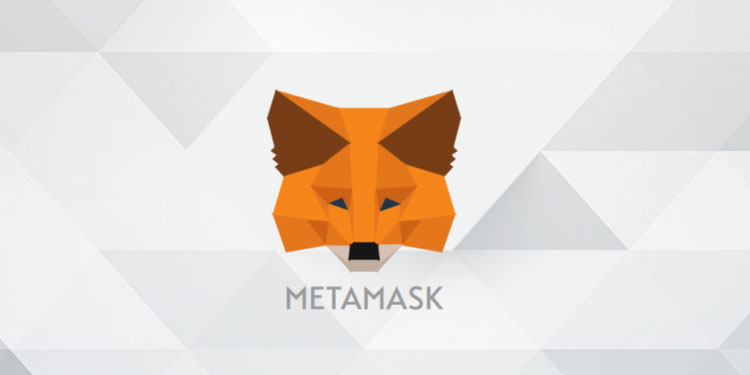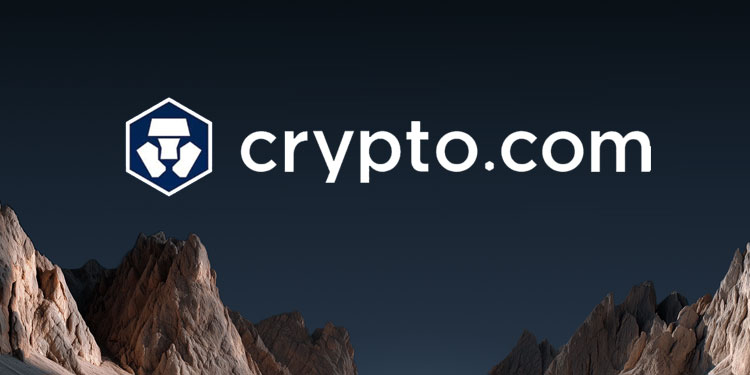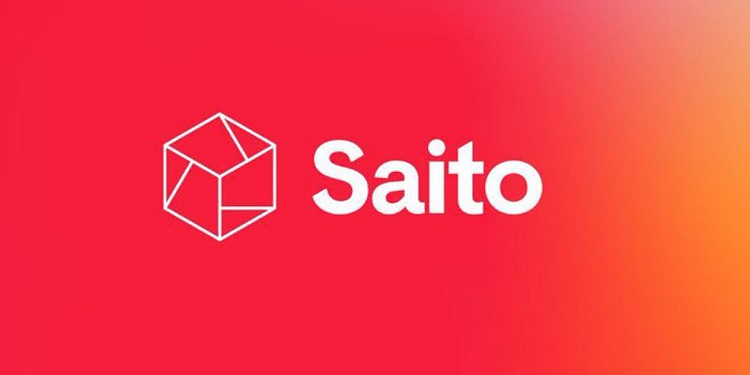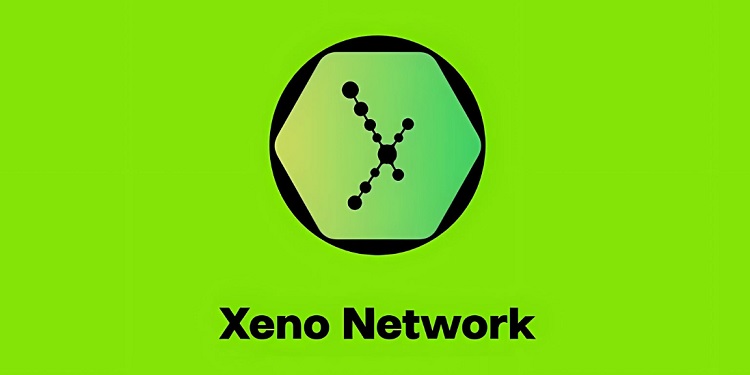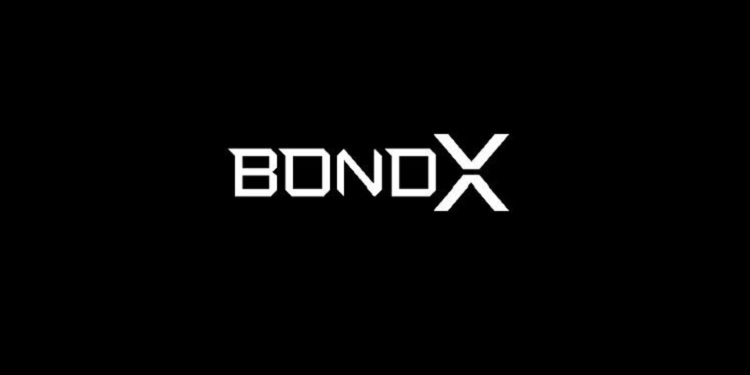Uzbekistan is preparing to introduce HUMO, a blockchain-based digital token backed by government bonds, as part of a broader strategy to modernize its financial infrastructure. The initiative is designed to attract foreign capital, streamline domestic and cross-border payments, and enhance the transparency and traceability of financial transactions. This pilot project represents a significant step toward fostering a more investment-friendly climate through digital innovation.
The HUMO token will derive its value from sovereign bonds and be pegged to the Uzbekistani Sum. This structure has been adopted to offer price stability and guard against the speculative fluctuations that frequently affect digital tokens. In doing so, the project aims to strike a balance between blockchain-driven innovation and the stability of traditional financial systems.
Officials confirmed that the initiative adheres to all national legal frameworks concerning the handling and circulation of crypto assets. The token’s development has involved collaboration between multiple domestic and international entities, ensuring a broad base of technical and institutional support.
Built on Trusted Infrastructure
The project will be anchored by HUMO, the national payment network that services over 35 million cardholders. This system is already deeply integrated with Uzbekistan’s banking sector and retail payment ecosystem, making it an ideal foundation for the token’s rollout. The widespread usage of HUMO’s infrastructure is expected to facilitate immediate usability and potential mass adoption of the token across the country.
The technical backbone of the HUMO token is being jointly developed by Asterium, a local crypto services company, and Broxus, a blockchain infrastructure provider. It will be launched using both Ethereum Virtual Machine (EVM) and TON Virtual Machine (TVM) technologies. The TVM implementation will be powered by Tycho, a protocol engineered for high transaction throughput, low fees, and scalable infrastructure. These attributes are particularly important for supporting government-scale financial applications.
Enhancing Digital Transactions
According to those leading the project, the HUMO token is expected to deliver instant payment capabilities, lower transaction fees, and improved traceability through the use of public blockchain records. One of the intended outcomes is to reduce informal or unregulated financial flows, thereby improving the efficiency and transparency of Uzbekistan’s digital economy.
Project stakeholders noted that the token is expected to foster greater public trust in digital payments. By backing the token with real government bonds and incorporating strong technological underpinnings, the initiative seeks to reduce fraud risk and encourage broader participation in the nation’s digital financial system.
Strategic Perspectives from Project Leaders
The chairman of HUMO has described the initiative as a critical move toward creating a modernized financial framework. He suggested that the asset-backed nature of the token would make digital transactions more trustworthy and contribute to building a robust digital economy. Enhancing transparency and minimizing fraud were identified as core goals of the project.
Asterium’s director characterized the development as a foundational step toward embedding blockchain into everyday financial activities. The infrastructure, he explained, is designed to simplify how users interact with digital assets, equating its ease of use to that of conventional financial tools.
Broxus’s founder highlighted the project’s reliance on secure and scalable blockchain architecture. He expressed confidence in the Tycho platform’s ability to meet the demands of government-level projects by delivering fast, reliable, and cost-effective digital transaction solutions.
Path Toward a Digital Future
With support from key government bodies and a direct linkage to real-world assets, the HUMO token could become a key component of Uzbekistan’s emerging digital finance landscape. Project leaders indicated that the platform developed for this initiative may later serve as a foundation for other digital services, signaling a long-term commitment to blockchain integration in national finance.



